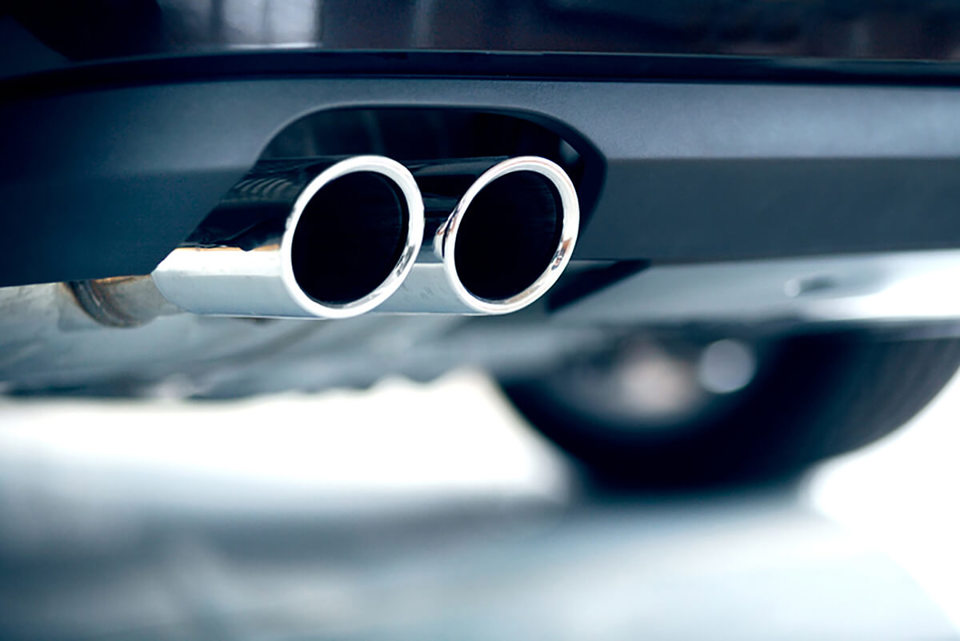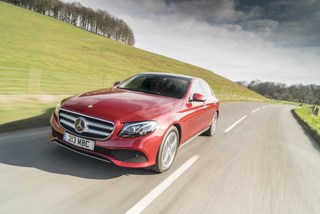New data from Cap HPI shows a rise of 10% in CO2 emissions under NEDC correlated values.
The study of more than 600 models examined emissions data between September 2017 and May 2018.
Published emissions data for diesel vehicles increased by 12.6%, petrol 7.3%, petrol/plug-in hybrid by 27.3% and petrol hybrid 7.8%.
NEDC correlated values are derived from WLTP testing but converted back to an NEDC figure and do not include optional equipment. WLTP in its true form will come into circulation from Sept 2018.
The Government has not announced any revisions to the Benefit-in-kind tax table, so re-tested models attract higher company car tax than older versions of the exact same car.
Andrew Mee, senior forecasting editor at Cap HPI, said: “The industry is already seeing the impact of WLTP as some models are removed from the market and options are rationalised. While we expect to see the fleet mix change over the coming months with drivers shifting away from models with large CO2 and BIK increases, we don’t expect to see a significant spike in overall sales ahead of WLTP changes in September.”
The WLTP legislation aims to provide customers with a more detailed view of how a vehicle performs concerning mpg and CO2. The previous NEDC test cycle does not take optional equipment into account and doesn’t offer an accurate representation of driving styles which affect the emissions produced by a vehicle.
Read more about the impact of correlated NEDC values on company car tax in the next edition of Fleet News, published on June 14.




















Paul Griffiths - 04/06/2018 16:44
I think the BVRLA needs to lobby on behalf of its members about an immediate update of the HMRC's CO2 tables as these tables would have been based on previous RDE testing so any new WLTP values are going to look extremely high on the current CO2 table.